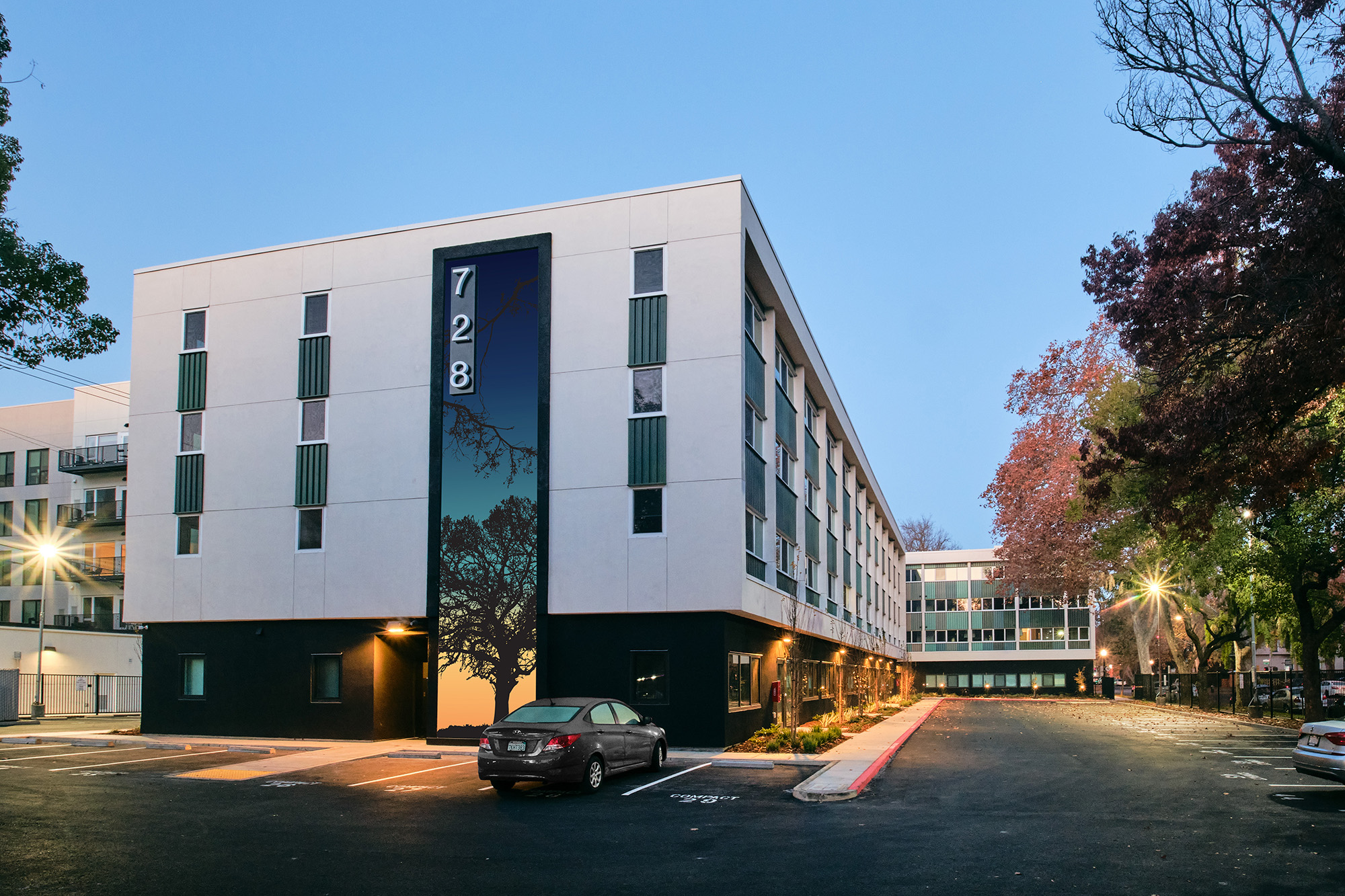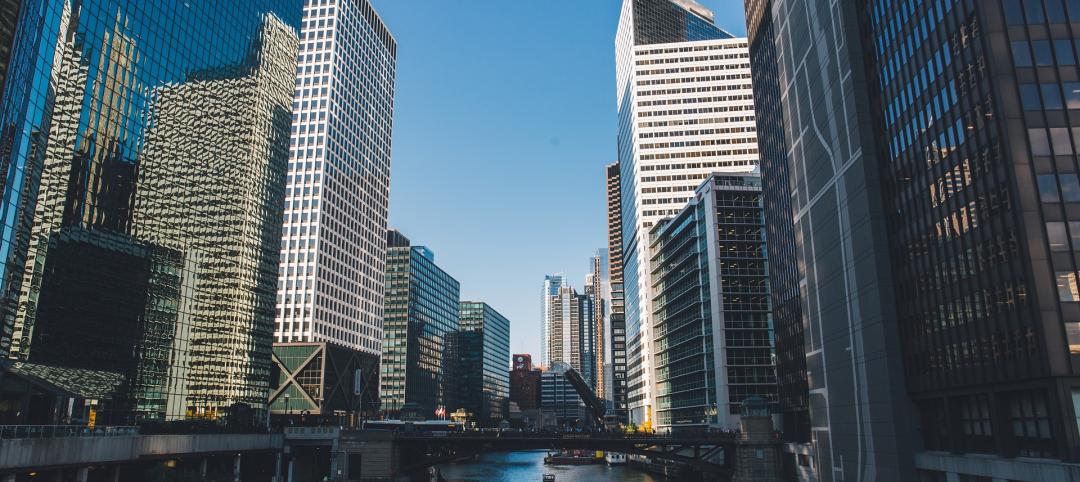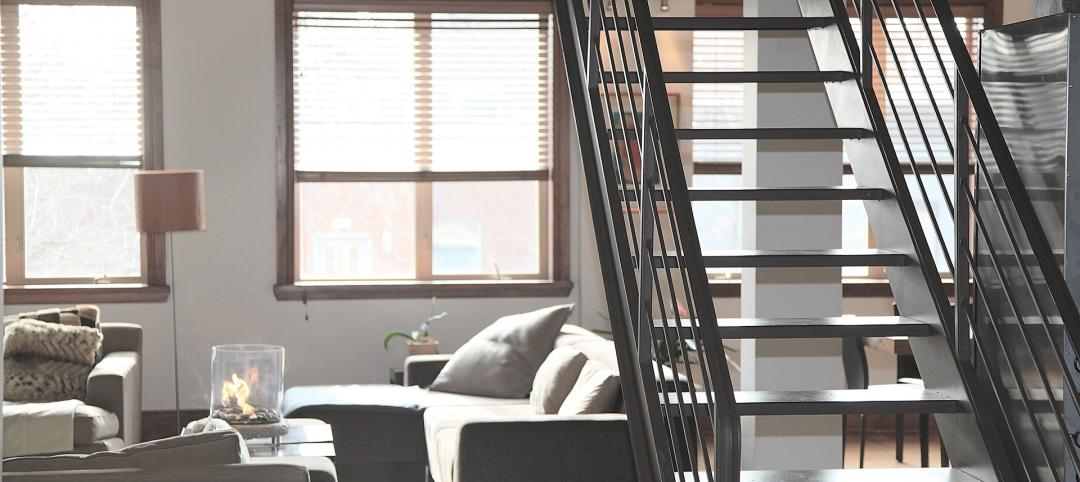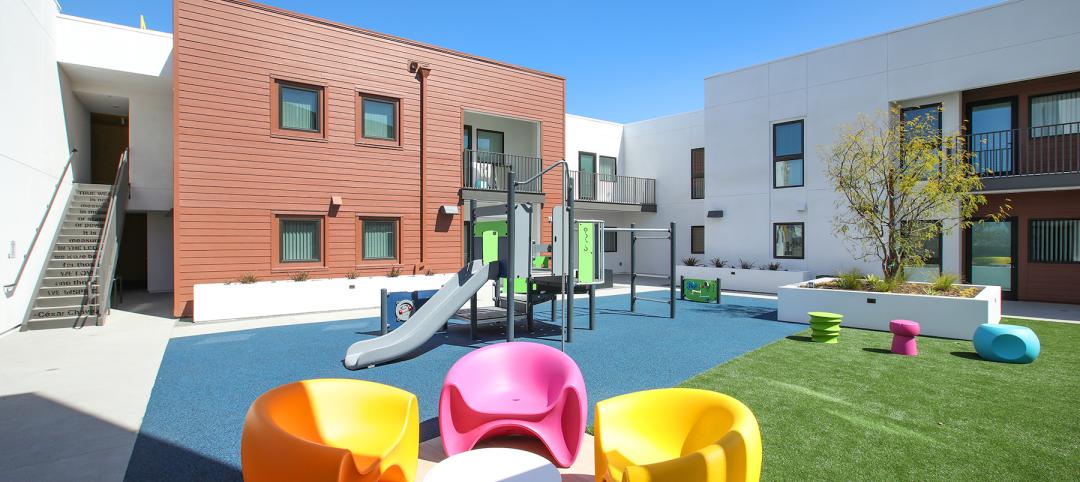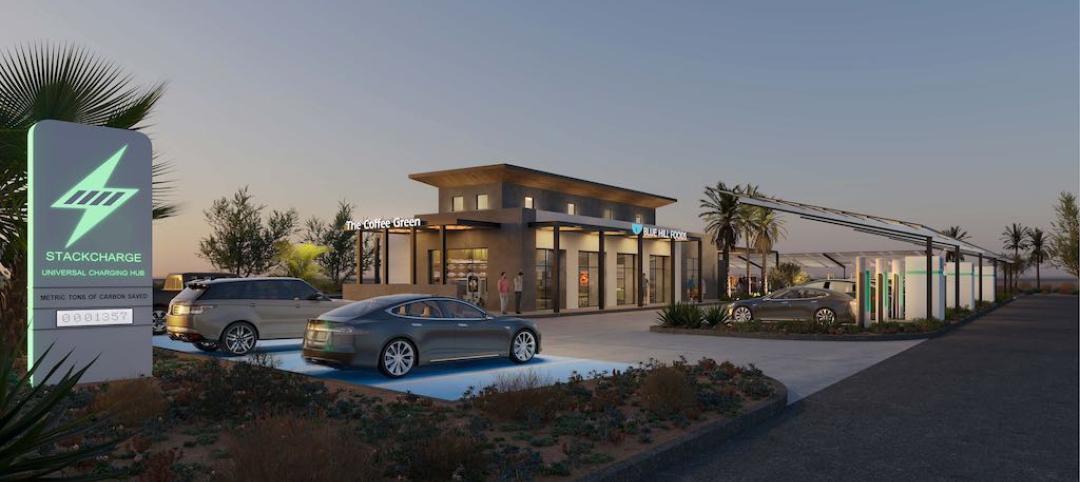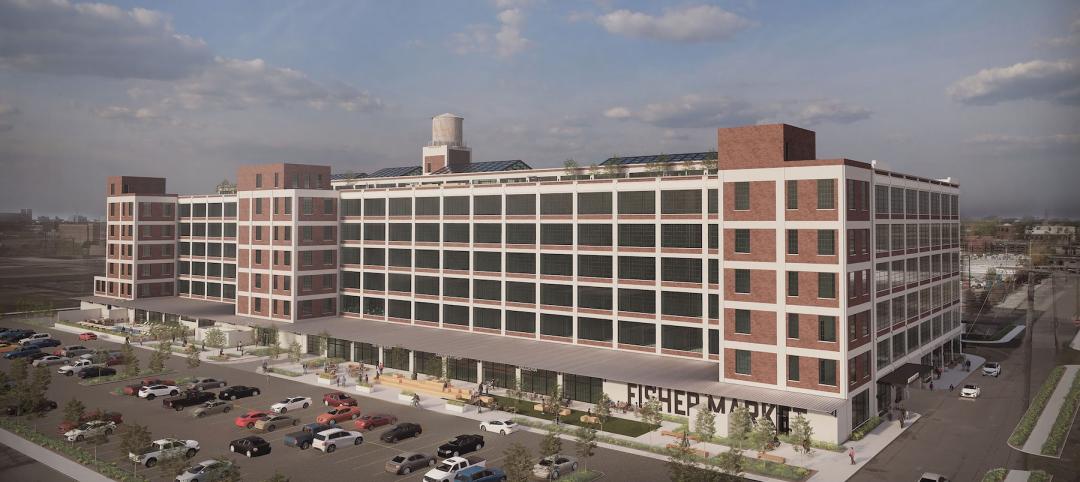In the continuous battle against housing shortages and the surplus of vacant buildings, developers are turning their attention to the viability of adaptive reuse for their properties. This strategy offers developers the opportunity to save their investment, create an unparalleled story for end users, and make money by converting a disused or underutilized project into a one-of-a-kind residential space.
However, the burning questions on every developer's mind include: Is adaptive reuse suitable for my building? Is it cost-effective? What does a housing conversion project entail?
Navigating the complexities of updating old buildings for new purposes is no simple task. Not every structure is ripe for adaptive reuse, and the process demands a meticulous evaluation of various factors. Structural integrity, zoning regulations, historical significance, and the feasibility of renovation all weigh heavily in the decision-making process. Each property presents its unique challenges and opportunities, necessitating thorough assessments to determine its suitability for conversion. It's through this rigorous examination that developers ensure that only the most viable candidates are selected for transformation into vibrant residential spaces.
‘The Rule of Six’ for Adaptive Reuse Housing Projects
While there is no magic formula or linear one-size-fits-all approach to converting buildings into housing, our team at Ankrom Moisan has come up with a unique framework: “The Rule of Six.”
This strategy outlines the six key characteristics that make a project a candidate for a successful conversion. If a property has any of these traits—whether it’s one or all six—it might qualify as a candidate. These characteristics include:
1) Class B or C office
Assessing the classification of office space helps gauge a building’s potential suitability for conversion into housing. Class B and C offices are typically older with fewer amenities. This older stock, especially pre-war buildings, creates wonderfully unique residential buildings with their soaring ceilings and operable windows.
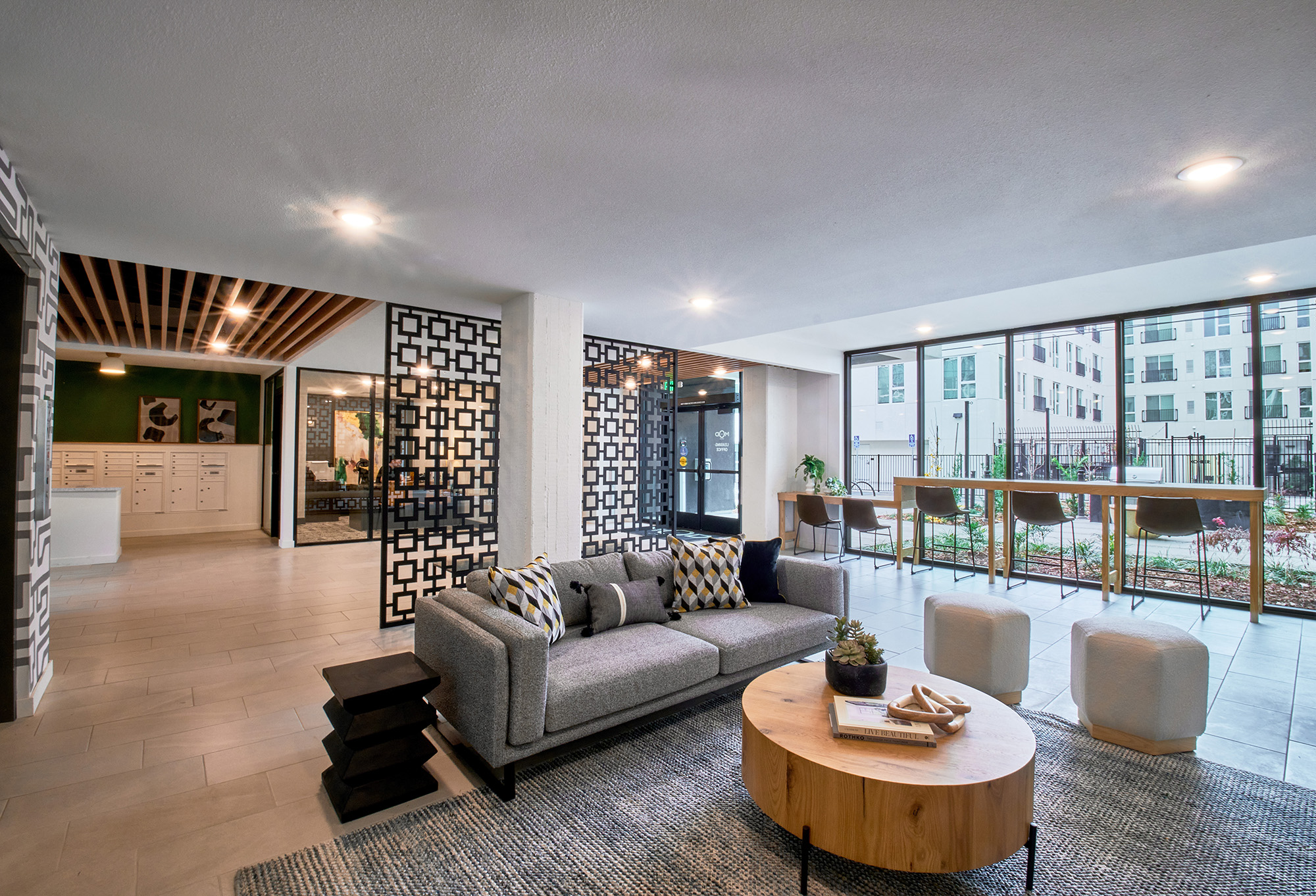
2) 5-6 Levels, or 240 feet tall
This size building provides an optimal framework for accommodating residential units and amenities while also adhering to regulatory standards and market preferences for housing developments. Height and class of office space work together in finding good conversion candidates. These two scales align nicely within a typical ground-up residential category of podium or high rise that our developers are familiar with. Height is like the Goldilocks of finding a good conversion candidate—it works together with the class and building footprint and should not be too tall or too small.
3) Operable windows within envelope are preferred
Buildings with operable windows within the envelope enhance livability and comfort for potential residents. Access to fresh air is a huge “want” in new apartments. Although we can provide fresh air mechanically, there is no substitute for opening a window and feeling a cool breeze on demand. For this reason, buildings with big operable windows make an easy case for conversion. In this case, it’s more about enhancing the livability and comfort for potential residents, not a technical obstacle.
4) Walkable location
A building's walkability contributes to the accessibility and desirability of the housing. For any residential building, potential renters (or owners) will pay a premium for a prime location within an urban core that has easy access to transit, grocery stores, and city amenities.
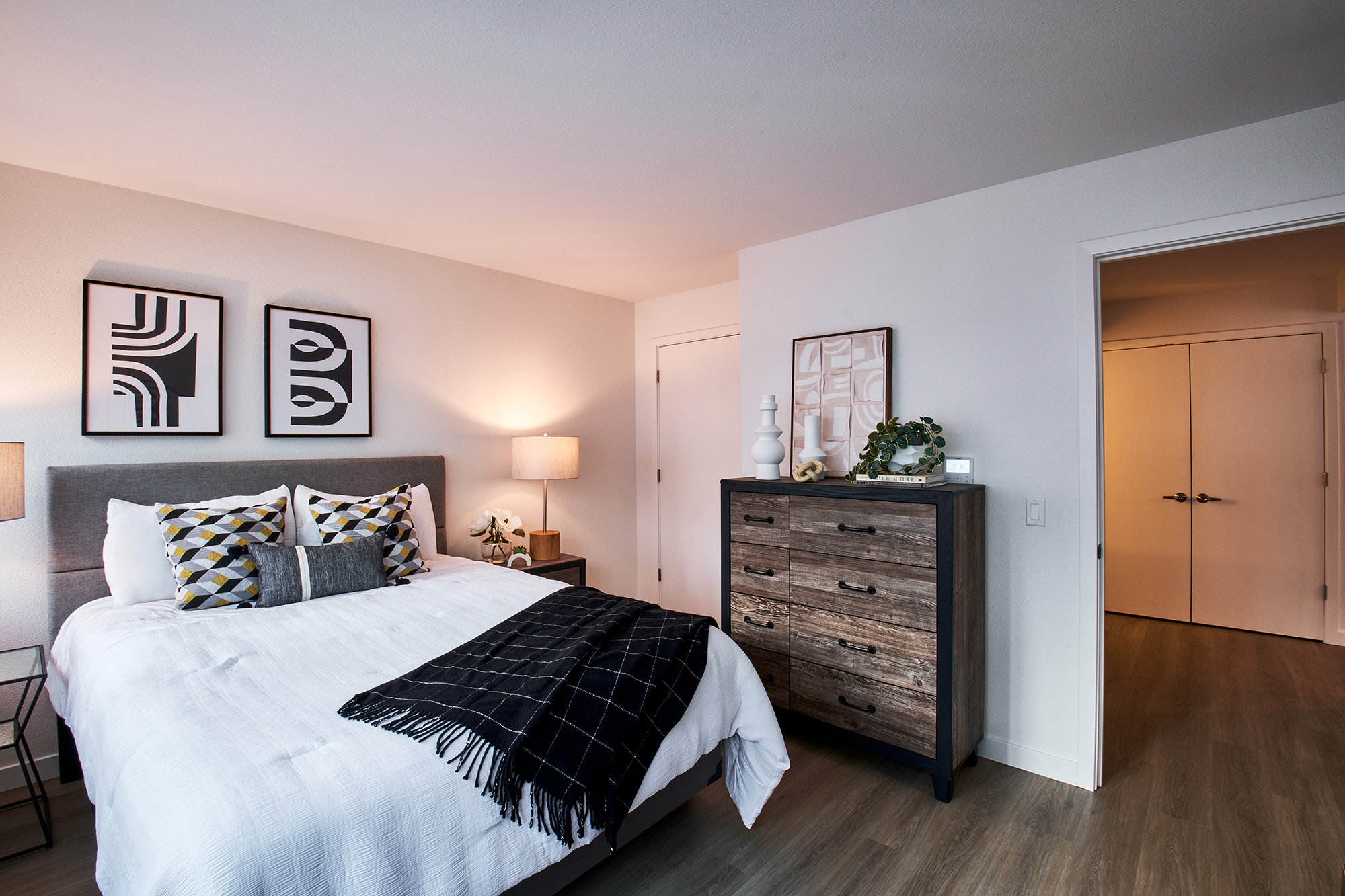
5) 12,000-sf plate minimum
The building’s plate size should be considered, ensuring sufficient space for residential units and amenities. What we are discovering is that conversions need to yield a certain number of total units to make financial sense and that the typical footprint is key to being as efficient as possible on every level. Of course, small footprints will work and can create a wonderful boutique housing option, but most developers will need a minimum amount of yield for the conversion to work financially.
6) Depth to core not to exceed 45’
Evaluating the depth to the core is essential to assess the feasibility and efficiency of the conversion process. The depth of the building footprint from the exterior wall to the interior corridor is the biggest hurdle for many conversion candidates. In housing, any space that is more than 40-45’ from a source of daylight is not valuable.
Why Use Adaptive Reuse for Rental Housing?
According to the National Association for Industrial and Office Parks (NAIOP), the United States needs to build 4.3 million more apartments by 2035 to meet the demands for rental housing. This includes 600,000 units (total) to fill the shortage from underbidding after the 2008 financial crisis. Adaptive reuse residential conversions are an affordable and effective way to create more housing and fulfill that need, providing several added benefits.
To start, these projects help to foster diverse and inclusive communities. By repurposing vacant buildings into residential units, adaptive reuse initiatives address pressing housing needs and ensure equitable access to affordable living spaces. This approach provides housing opportunities for people from different socioeconomic backgrounds, thus helping to alleviate housing shortages.
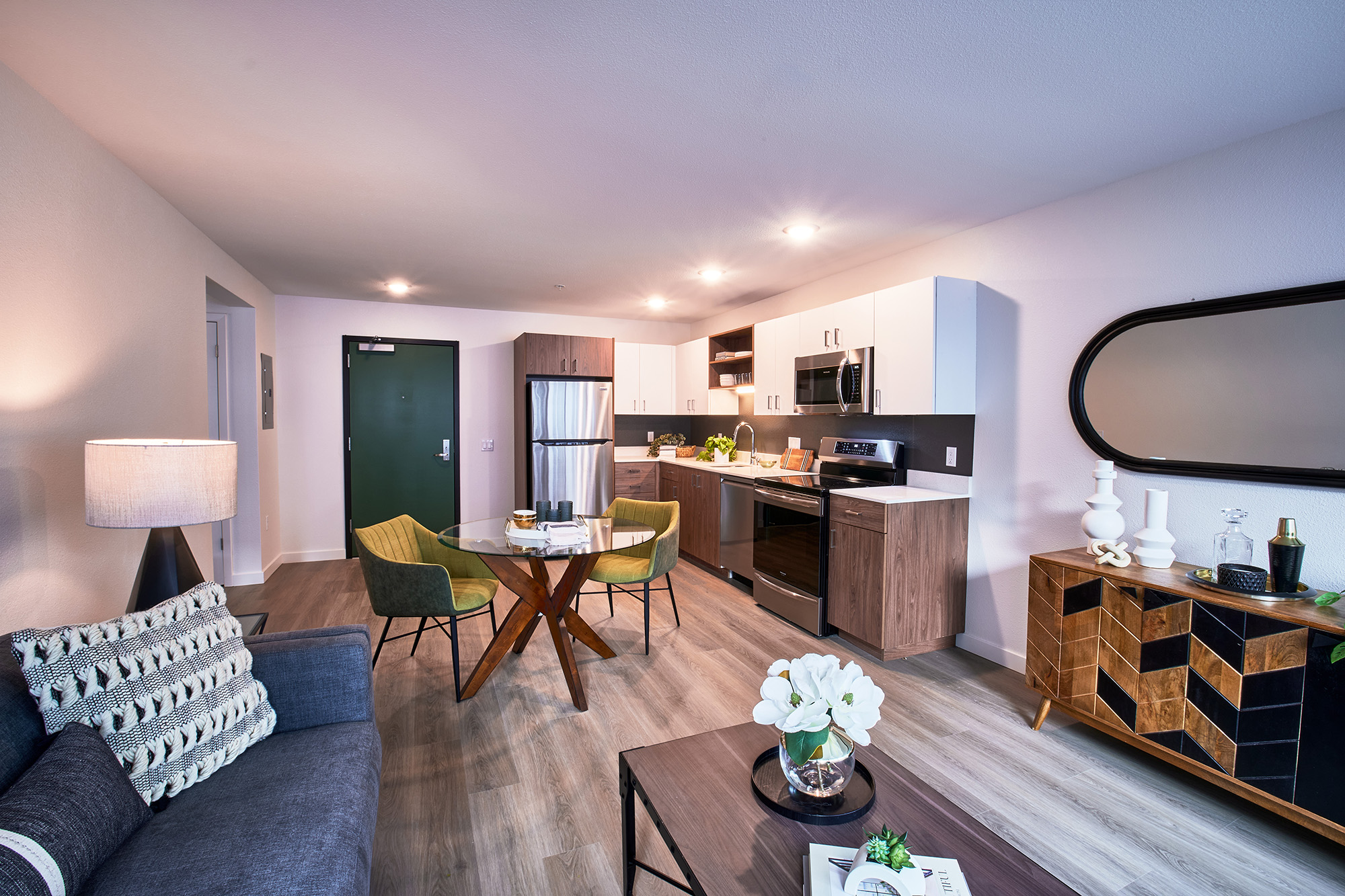
In addition to their community benefits, adaptive reuse initiatives promote sustainable development practices by reducing the environmental impact associated with new construction. Because these projects are not constrained by current building codes regarding glazing or parking requirements they offer flexibility and efficiency in development processes. Adaptive reuse housing projects also save time, resources, and energy, leveraging existing structures for their designs. This approach also minimizes waste generation and carbon emissions, aligning with broader efforts to mitigate climate change and promote ecological stewardship.
Preserving and repurposing older structures for housing not only enhances the health and appeal of neighborhoods but also accelerates tenant occupancy, catalyzing urban revitalization. Doing so, plays a pivotal role in activating downtown areas, allowing for economic resurgence. Such projects attract investment, spur job creation, and foster the growth of local businesses and cultural institutions.
Implementing ‘The Rule of Six’
“The Rule of Six” framework serves as a valuable indicator of a project's potential for successful conversion. However, it's important to recognize that each property is unique, and additional factors beyond these six may also influence its suitability for adaptive reuse. By conducting thorough due diligence and leveraging interdisciplinary expertise, developers can confidently navigate the complexities of adaptive reuse and unlock the full potential of existing structures for sustainable, socially equitable, and culturally vibrant urban development.
This methodology was recently applied to our renovation project at 728 16th St. in Sacramento, Calif., where we transformed a former Holiday Inn property into a residential apartment complex. Rather than opting for a complete teardown, the adaptive reuse renovation maximized the existing space, optimizing the structure and MEP infrastructure.

Throughout the renovation, our team strategically optimized the site layout, repurposed existing hotel areas, and merged hotel rooms to craft contemporary apartments. To address infrastructure challenges, we adjusted ceiling heights to accommodate new appliance ducts and plumbing. Leveraging existing structures, we transformed underutilized space into 129 new residential units. The project's fresh perspective on modern residential living, achieved through adaptive reuse, positions it competitively in emerging markets.
Ultimately, the success of 728 16th St’s conversion stemmed from its alignment with two of the six key characteristics outlined in the “Rule of Six.” Situated in a walkable area with a substantial floor plate, 728 16th St. was primed for success. However, it's worth noting that a prospective adaptive reuse project needs only one of these six characteristics to qualify as a viable candidate for conversion.
The rising trend of adaptive reuse presents a compelling solution to the challenges posed by housing shortages and vacant structures. While not every building is suitable for conversion, the meticulous evaluation of various factors is crucial in determining viability. The preservation of cultural heritage, promotion of sustainable practices, stimulation of economic growth, and provision of housing opportunities underscore the manifold benefits of adaptive reuse initiatives.
About the Author
Jennifer Sobieraj Sanin, AIA, is the Housing Studio Design Director and Senior Principal for Ankrom Moisan. She is a design leader with a passion that revolves around crafting memorable experiences and empowering creative teams. With a specialty in high density urban infill, Sanin works on market rate, affordable, and senior housing, as well as hospitality and mixed-use.
Related Stories
Multifamily Housing | Jan 23, 2023
Long Beach, Calif., office tower converted to market rate multifamily housing
A project to convert an underperforming mid-century office tower in Long Beach, Calif., created badly needed market rate housing with a significantly lowered carbon footprint. The adaptive reuse project, composed of 203,177 sf including parking, created 106 apartment units out of a Class B office building that had been vacant for about 10 years.
Adaptive Reuse | Jan 12, 2023
Invest in existing buildings for your university
According to Nick Sillies of GBBN, students are increasingly asking: "How sustainable is your institution?" Reusing existing buildings may help answer that.
Government Buildings | Jan 9, 2023
Blackstone, Starwood among real estate giants urging President Biden to repurpose unused federal office space for housing
The Real Estate Roundtable, a group including major real estate firms such as Brookfield Properties, Blackstone, Empire State Realty Trust, Starwood Capital, as well as multiple major banks and CRE professional organizations, recently sent a letter to President Joe Biden on the implications of remote work within the federal government.
Adaptive Reuse | Dec 21, 2022
University of Pittsburgh reinvents century-old Model-T building as a life sciences research facility
After opening earlier this year, The Assembly recently achieved LEED Gold certification, aligning with the school’s and community’s larger sustainability efforts.
Adaptive Reuse | Dec 9, 2022
What's old is new: Why you should consider adaptive reuse
While new construction allows for incredible levels of customization, there’s no denying that new buildings can have adverse impacts on the climate, budgets, schedules and even the cultural and historic fabrics of communities.
Mixed-Use | Dec 6, 2022
Houston developer plans to convert Kevin Roche-designed ConocoPhillips HQ to mixed-use destination
Houston-based Midway, a real estate investment, development, and management firm, plans to redevelop the former ConocoPhillips corporate headquarters site into a mixed-use destination called Watermark District at Woodcreek.
Multifamily Housing | Nov 29, 2022
Number of office-to-apartment conversion projects has jumped since start of pandemic
As remote work rose and demand for office space declined since the start of the Covid-19 pandemic, developers have found converting some offices to residential use to be an attractive option. Apartment conversions rose 25% in the two years since the start of the pandemic, with 28,000 new units converted from other property types, according to a report from RentCafe.
Multifamily Housing | Aug 17, 2022
California strip mall goes multifamily residential
Tiny Tim Plaza started out as a gas station and a dozen or so stores. Now it’s a thriving mixed-use community, minus the gas station.
Urban Planning | Jul 19, 2022
The EV charger station market is appealing to investors and developers, large and small
The latest entry, The StackCharge, is designed to make recharging time seem shorter.
Adaptive Reuse | May 18, 2022
An auto plant in Detroit to get a retread as mixed-use housing
Fisher 21 Lofts could be the largest minority-led redevelopment in the city’s history.



